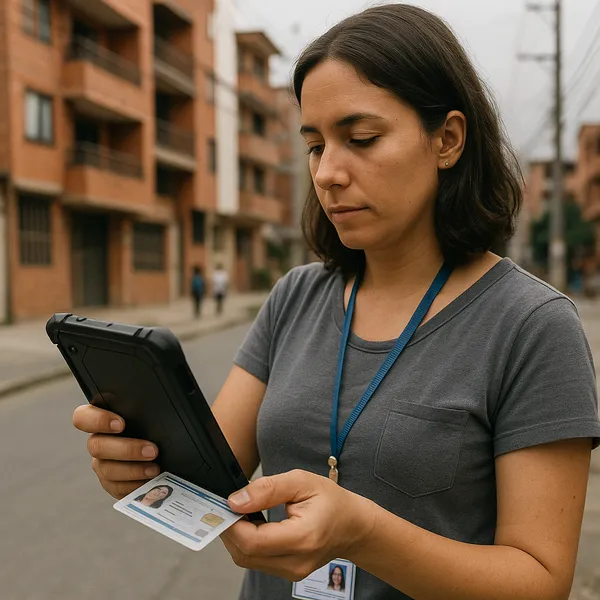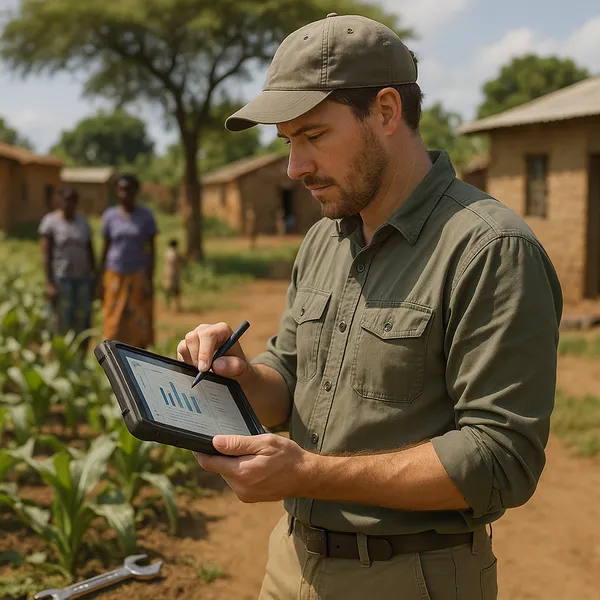Logic Mapping How to Draw a Blueprint of a Black Box System
Published on: Sat Mar 08 2025 by Ivar Strand
Logic Mapping: How to Draw a Blueprint of a ‘Black Box’ System
The central question for any auditor or monitor in a modern organization is straightforward: how do you verify a process that you cannot see? As programmatic and financial workflows migrate from observable, paper-based tasks into the codified logic of software, our methods of assurance must adapt. The user manual is an insufficient guide; it describes the process as the vendor intends it to be, not necessarily as the code makes it.
To address this, we rely on a foundational technique in our modern verification toolkit: Logic Mapping. This is an investigative method used to visually reconstruct a system’s actual data flows and decision rules based on empirical testing. It is how we create a true blueprint of a “black box.”
The Manual is a Map, Not the Territory
A fundamental principle of our assurance work is that a system’s official documentation represents the de jure process—the way the system is supposed to function in an ideal state. However, the de facto process—the way the system actually executes transactions—can and often does diverge.
This gap can be the result of many factors: subtle configuration errors, unresolved “known bugs,” undocumented workarounds, or flawed assumptions made during the initial design. An audit that simply compares observed practice to the user manual risks providing a false sense of security, as it is benchmarking against an idealized and potentially inaccurate standard. The logic map, by contrast, is a tool for documenting the territory itself.
The Method: A Forensic Approach to Process Reconstruction
Logic mapping is a forensic exercise in reverse-engineering a process through structured observation and testing. It does not require access to the source code, but it does demand a methodical and inquisitive approach. The process can be broken down into four key steps.
-
Select a Discrete Process and Define its Boundaries. The first step is to isolate a single, critical workflow to analyze. An archetypical example is “purchase order approval.” The boundaries must be clearly defined, from the initial creation of the purchase request to the final approval that allows a payment to be made.
-
Trace the “Happy Path” through Live Testing. Using a live test environment, the analyst first walks through a standard, successful transaction. On a whiteboard or using diagramming software, each step is visually plotted: every user input, every screen, and every system-generated action. This forms the central spine of the process map, a conceptual version of which is shown in Exhibit A.
-
Systematically Probe for Decision Nodes and “Unhappy Paths.” This is the core investigative phase. Using a curated set of test data, the analyst systematically probes the system’s logic at key points to uncover its decision-making rules. For the purchase order example, tests would include:
- Submitting a PO that exceeds a user’s approval limit.
- Submitting a PO that references an invalid budget code.
- Submitting a PO for a suspended vendor.
Each test reveals a “decision node” in the system’s logic. The map must document both the “pass” and “fail” branches for each of these nodes and the subsequent actions the system takes. This reveals the true, often complex, workflow.
-
Annotate the Map with Codified Rules. For each decision node identified, the map should be annotated with the specific business rule that the system is enforcing. For example, next to a diamond representing a budget check, the annotation might read: “If budget is available, proceed to next approval step. If not, return to originator with ‘Budget Exceeded’ error.” This captures the system’s actual, codified logic.
From Blueprint to Insight
The completed logic map is a powerful analytical artifact. It is a factual, evidence-based blueprint of the de facto process. This blueprint serves several critical functions:
- Gap Analysis: It can be compared directly against the de jure policy manual, providing clear, unambiguous evidence of any discrepancies.
- Control Weakness Identification: The map visually highlights missing controls, illogical process flows, or potential bypasses in the approval chain.
- A Foundation for Communication: It is an objective tool for discussing process flaws and required system changes with managers, IT teams, and software vendors.
You cannot effectively audit what you cannot see. Logic mapping is a discipline for making invisible digital processes visible and, therefore, auditable. It is how we move beyond simply trusting a manual and instead create an objective, verifiable understanding of the systems that truly govern financial operations.



